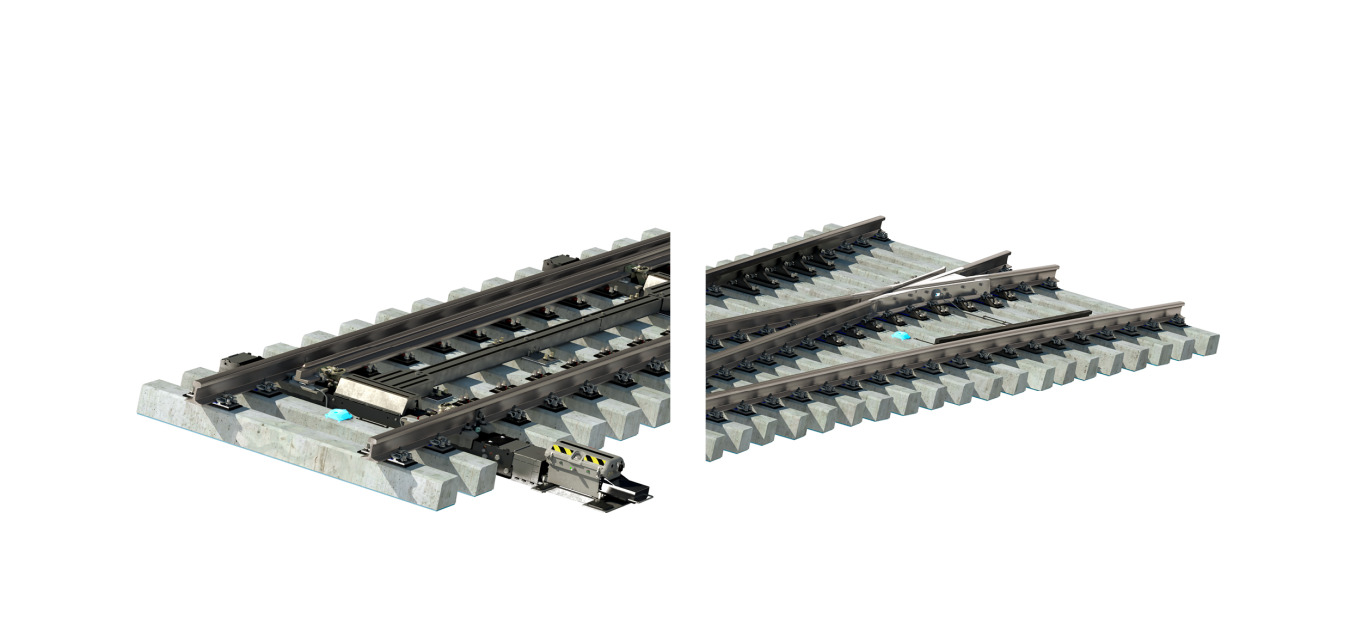The vibrations caused by passing trains result in degradation and settling within the ballast layer, leading to alterations in the superstructure's stiffness and increased sleeper movement.
Elevated sleeper displacements, arising from reduced track stiffness or voids within hanging sleepers, significantly amplify dynamic contact forces in turnouts. This, in turn, accelerates mechanical part degradation. Monitoring sleeper displacement and rotation over time facilitates the diagnosis of track (ballast) degradation and predicts critical states to propose necessary actions.
Furthermore, the system can discern operational parameters of passing rolling stock, such as axle distances, train types, speed, and passing route/direction. This data can be utilized for clustering, normalizing acquired data, or capacity monitoring.
Your advantages at one glance
- Empowers predictive and prescriptive maintenance
- Minimizes and shortens downtimes for superior overall performance
- Extends the lifespan of assets and components
- Decreases maintenance expenditures
- Increases availability and profitability
